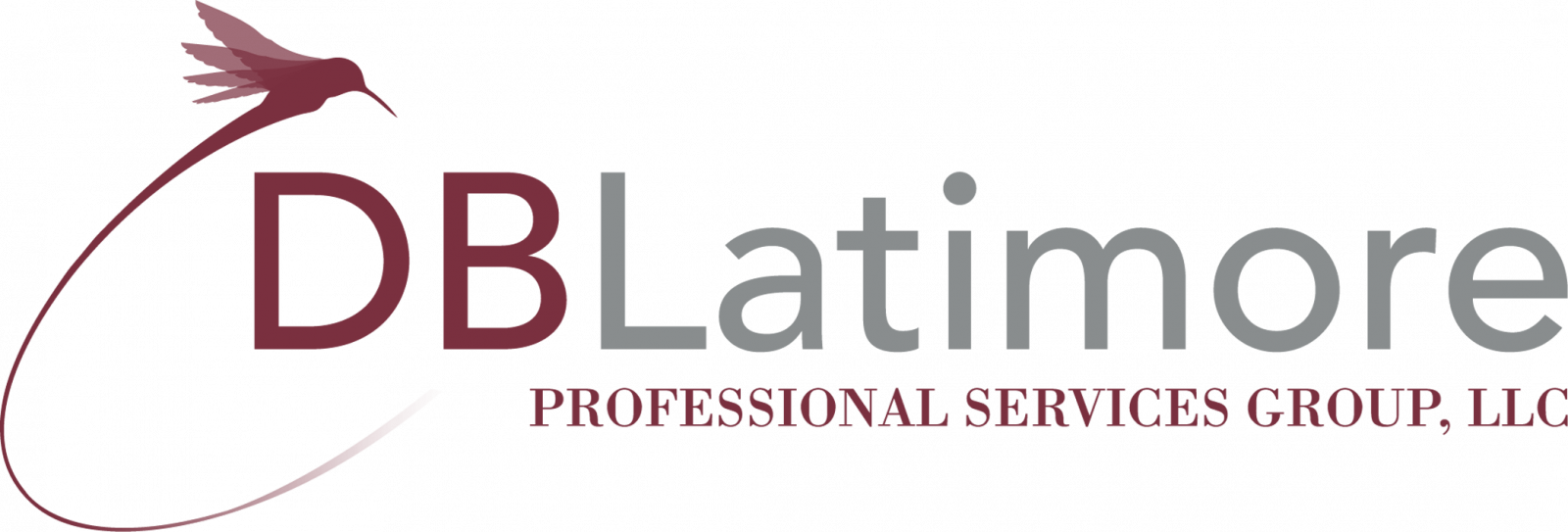As workplaces evolve, it is important that employers consider their approach to managing a hybrid workforce. As we adapt to the new hybrid model—in which employees work both from the office and elsewhere—leaders must focus on the mental health and well-being of their employees.
Use the tips below to effectively—and empathetically—manage your hybrid workforce, and lead with your employees’ well-being as a priority.
Build Trust
Effectively managing a hybrid workforce requires a foundation of trust. Regardless of where your team members are working, it is essential that you trust your employees to deliver what is expected of them—without your constant oversight. Focus on giving your hybrid employees what they need to succeed rather than questioning their abilities to self-manage. And, as always, avoid micromanagement.
Use Supportive & Inclusive Language
Discussion of mental health in the workplace is often downplayed, avoided, or stigmatized. To be a supportive leader, be sure to use thoughtful, accurate language in meetings, discussions, and one-on-ones.
Avoid using mental health conditions to describe anyone’s behavior. (“I’m so OCD about my calendar,” or “Chad is so ADHD with his doodling.”) Using diagnostic terms casually or colloquially can trivialize the experiences of people with those conditions.
Do your best not to downplay individual experiences. Statements like, “It can’t be that bad,” and “It’ll all work itself out,” can be dismissive—especially to those struggling. Show support, and remember that everyone experiences emotions differently.
Consider how you refer to employees in separate locations. Adjust your language so that employees don’t feel inferior, segregated by location, or left out completely.
Facilitate Open & Honest Communication
Open and honest communication is critical to the success and well-being of a hybrid workforce. Miscommunication, misunderstandings, delayed, and unclear communication processes can lead to anxiety, stress—and often, burnout and failure.
In a hybrid workplace, remote, flex, and full-time employees need user-friendly, consistent communication tools and processes. Employees should never have to wonder how they should best communicate with their teammates.
Outline clear communications processes, utilize communication and collaboration tools—like Slack or MS Teams—and establish frequent and consistent team and one-on-one check-ins. Additionally, be sure to talk about more than just work. Make two-way communication with each employee the norm. Share positive news and celebrate wins for the team and company, ask how you can support them, and most importantly, let them know they are valued. Open and honest communication cultivates a sense of belonging—regardless of location.
Encourage Connectivity
When managing a hybrid workforce, it is important to encourage team engagement, exercises, and shared goals. Remote and flex employees often feel isolated and disconnected from their teammates, and sometimes like they are not even taken seriously by fellow employees.
In addition to formal work events and regular team stand-ups, arrange casual opportunities for employees to connect. Many hybrid companies have developed interactive activities to connect employees from anywhere. Establishing social time is essential for mental health in a hybrid workplace, as it breaks down divides between remote and full-time employees, cements company values, builds a shared identity, and celebrates accomplishments together as a team.
Promote a Healthy Work-Life Integration
Burnout is real. Promoting a healthy work-life integration when managing a hybrid workforce is increasingly important for workplace well-being. Even if only a couple of days a week, employees who work from home often have trouble establishing clear boundaries between work and personal life. It’s no mystery these days that poor work-life balance can lead to stress, anxiety, and depression.
As a leader, establish a clear distinction between working and non-working hours. Encourage your team to shut down fully at the end of each day, and look for signs—like late-night emails or pings—that this isn’t the case.
Encourage employees to take screen breaks and do light activities throughout the day. And make sure hybrid team members are taking their full PTO allowances throughout the year to truly unplug and recharge.
Lead By Example
Lead by example. Practice what you preach. Be a role model.
Leaders need to display the behavior they expect out of their employees. No one is immune to the stress of everyday life—including those in leadership positions. This means caring for your own mental health, setting boundaries, prioritizing your well-being, and setting an example as you manage others within the hybrid workforce.
Make sure to follow your own rules. Set clear hours and abide by them. Enforce your boundaries between work and home life, and take time for your own well-being.
Perhaps most importantly, be agile. Managing a hybrid workforce is new to everyone—you can’t be expected to have all the answers all the time. Be honest with your team, be willing to make necessary shifts, and let them know that you can always figure it out together.
Help Us, Help You!
In prioritizing mental health when managing the hybrid workforce, employers can reduce stress and anxiety, and improve the performance and productivity of their workers. Understanding employees’ post-pandemic mental health is an important part of a leader’s role and an organization’s overall hybrid workforce management strategy.
For more information on managing hybrid teams and promoting workplace wellness, visit DBLatimore.com and receive a complimentary consult today!



